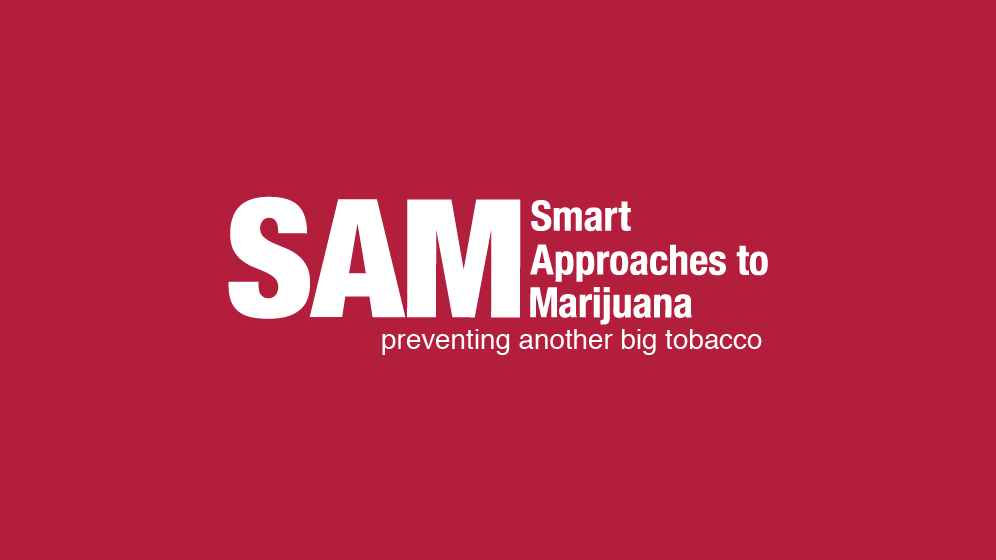
National data released by Quest Diagnostics found that rates of marijuana positivity in the workforce have sharply risen both over the last year (2018-2019) and since legalization was implemented. Furthermore, Quest Diagnostics also reported that workforce drug positivity hit a sixteen-year high in 2019.
“While overall workforce drug positivity rates have risen only slightly over the last decade, we are seeing dramatic increases of marijuana positivity rates in states that have expanded the commercial marijuana industry,” said Dr. Kevin Sabet, a former Obama Administration drug policy advisor and president of Smart Approaches to Marijuana (SAM), the nation’s largest non-partisan organization opposing marijuana commercialization. “The increase in marijuana use and acceptance as a result of legalization and commercialization is leading to a more dangerous workplace and given that many states with legal markets are beginning to explore foregoing employee drug testing, these numbers are cause for deep concern.”
According to Quest Diagnostics, marijuana continues to be the most common drug found across all workforce categories, including the federally mandated safety-sensitive workforce.
“Marijuana continues to be an enduring presence in the U.S. workforce. Changing attitudes toward its use could pose heightened risks especially in safety-sensitive positions and those states exploring legalization,” said Barry Sample, Ph.D., senior director, science and technology for Quest Diagnostics in a press release.

Top Increases Since Legalization to 2019:
Nevada: 142% increase since 2016 (1.9% vs. 4.6%)
Oregon: 136% increase since 2014 (1.9% vs. 4.5%)
Washington: 86.3% increase since 2014 (2.2% vs. 4.1%)
Colorado: 63% increase since 2013 (1.9% vs. 3.1%)
California: 45% increase since 2016 (2.2% vs. 3.2%)
Michigan: 44% increase since 2017 (2.7% vs. 3.9)
Massachusetts: 40% increase since 2016 (2.7% vs. 3.8)
Top Increases 2018 – 2019:
Washington: 70% increase (2.4% vs. 4.1)
California: 33% increase (2.4% vs. 3.2%)
Maine: 28% increase (5.0% vs. 6.4%)
Michigan: 21.8% increase (3.2% vs. 3.9)
Nevada: 17.9% increase (3.9% vs. 4.6%)
Massachusetts: 15% increase (3.3% vs. 3.8%)